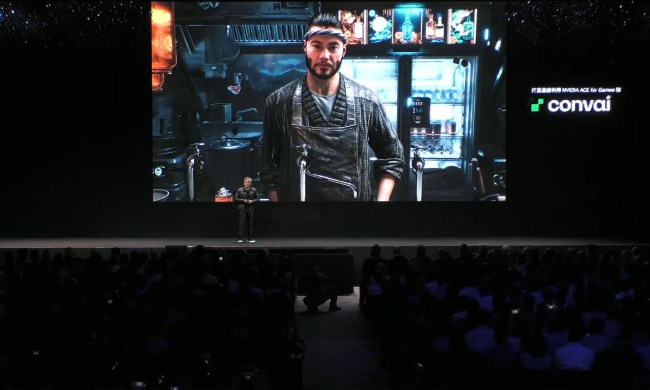
When asked about his inspiration for Cataclismo, Game Director Vicent Ramirez has a simple reply: “Legos.”
Digital Sun, a studio based in Spain, is best known for its work on action games Moonlighter and The Mageseeker: A League of Legends Story. The studio had been working on multiple projects for a while now, including Cataclismo. The upcoming indie mimics gameplay seen in classic real-time strategy games that built the genre, like Starcraft, but it also features a brick-by-brick building mechanic that really looks to define the game.
I’d see that hook in action at this year’s Game Developers Conference, where I spoke to Ramirez about the project and played a bit myself. Based on what I’ve seen so far, Cataclismo adds a refreshing layer of strategy to the genre that goes beyond managing unit placements.
Cataclismo takes place in a crumbling kingdom overrun with ghoul-like monsters called Horrors. My GDC demo introduced me to two soldiers of Lady Iris, the kingdom’s leader. Different unit types can take out the Horrors in a variety of ways. A veteran like Ramirez zips across the field in seconds and snaps units into place. He advises that I place the archer at the top of the hill and have my ground-focused unit approach the monster head-on, a part of the strategy loop players have to consider while conquering maps.

Placing units in strategic positions is part of any RTS. In addition to that, Cataclismo has players gathering materials and building structures brick by brick. During the day, players are supposed to gather materials to build structures. At night, it’s time to defend against the horrors until the next day. And the cycle repeats.
Minecraft Legends, the last RTS game I played, placed fully built structures and towers in a way that made bases self-sufficient and able to defend themselves without constant supervision. Cataclismo takes that one step further with the ability to customize structures to be shaped exactly how players want them to be. One might place a block to extend a broken ledge and transform it into a bridge, or they could build towers to house units with an uphill advantage. Aesthetics might not matter in terms of strategy, but many of the buildings also look like picturesque, pixelated paintings that look straight out of fantasy RPGs like Fire Emblem.

Cataclismo promises about 30 hours of content, not including game modes outside of the main story. Each “chapter” plays out as a battle that must be won to progress the story. It’s a slow burn, so newcomers might need some time to get used to the gameplay. A Digital Sun representative informed me that Cataclismo’s demo is estimated to contain at least four hours of content, which is significantly longer than the whirlwind 20 minutes I played. I need more time to get used to dragging units instead of controlling them with WASD keys or controllers, but everything I’ve seen so far lays the groundwork for a unique strategy game with the kind of satisfying twist that should make it distinct.
Cataclismo launches for PC on July 16.



